Finishes for Fasteners and Components
Added 01.03.21
How Electroplating and other forms of plating can work for you
There are two main reasons to apply protective finishes to fasteners and components. To protect against corrosion or to change the colour of the item. Plating can also make a surface more hardwearing or it can lubricate a surface.
There are two kinds of corrosion, rust and galvanic corrosion. Rust, the reddish brown oxide that we are all familiar with, is a reaction between iron and oxygen in the presence of water or moisture in the air. Most fasteners and components are made with iron or steel so they have to be protected with finishes.
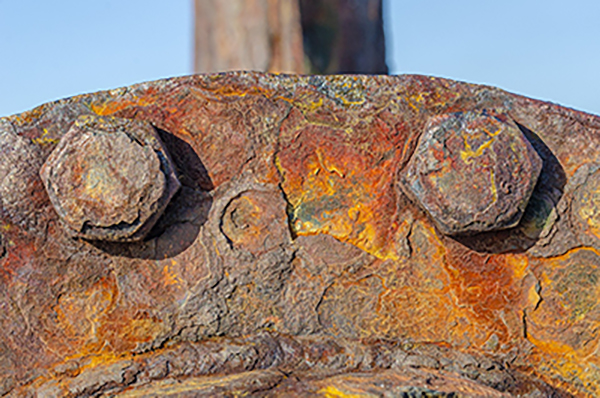
Galvanic corrosion occurs when metals with different electrode potential are in contact. In practical terms this usually means stainless steel parts in contact with other steel components. It is not always practical or cost effective to use stainless steel for every component. We can plate components with finishes to protect against galvanic corrosion.
Some of our parts come with plating already applied. For others, we can apply a range of finishes using specialist contractors.
How is corrosion protection measured?
Salt spray testing is the most commonly used measure of protection. It is important to be aware that salt spray testing is measured in hours, but this is not a realistic prediction of how long a part will be protected from corrosion. The tests are most useful for making comparisons. It is a relatively inexpensive, repeatable and well standardised form of testing which is why it’s widely used.
The automotive industry uses salt spray testing standards extensively. Typically, parts for interiors will need a salt spray rating of 120 to 240 hours, engine bays around 480 hours and between 720 and 840 hours for exteriors.
The standards do vary from one manufacturer to another. We can give you the salt spray rating for all our parts. If an off-the-shelf part does not meet your requirements, we can usually supply one that does.
The various forms of plating we offer
We offer three main types of plating: Electroplating, Dip Spin coating and Mechanised Zinc Plate.
Electroplating
Electroplating creates a metal coating on the component using electrolysis. The part you want to coat is immersed in a bath of liquid containing the metal you want to use for coating. The component and the liquid containing the metal are charged with different polarities so the metal particles are attracted to the component forming a coat. The thickness of the coat is controlled by the time and current used. A top coating (or passivate) is added to seal the zinc plate.
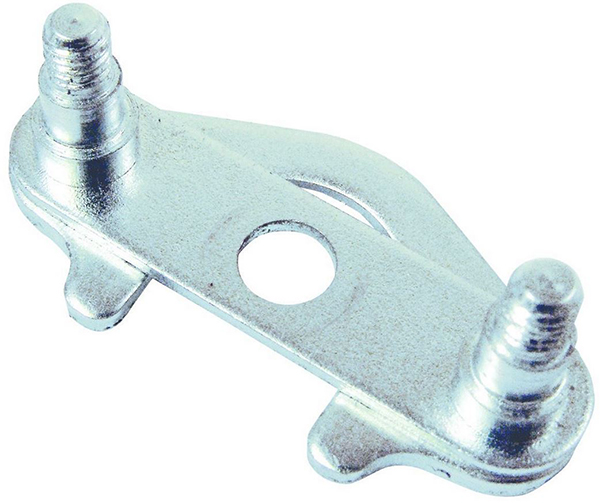
The most common plating applied is Zinc or a combination of Zinc and Nickel to achieve a higher salt spray rating. A Zinc/Iron coating gives a black gloss finish. We have supplied black gloss finished parts for use in BMW sun roofs and cable clips in Scania vehicles.
Dip spin coating
Dip Spin coating can achieve a higher salt spray rating than electroplating. As the name suggests, parts are dipped in a coating solution then spun to remove excess coating. Again, you can apply more than one coat once the previous coat has been cured until it is hard.
If you need a lubricated surface, Molybdenum or Teflon in the final coat will lower the coefficient of friction with the mating part. This lubrication delivers benefits in various situations. For instance, threaded components are easier to screw in and less likely to cross thread.
We applied a Molybdenum based coating to an automotive customer who was experiencing problems with a trim clip that was proving hard to insert. The coated clip was much easier to push into the holes, production time was reduced and RSI injuries among operatives reduced.
Mechanised Zinc plate
Mechanised Zinc plating is a physical process that plates a part with Zinc. The parts are put into a drum along with Zinc powder and glass balls. The drum is rotated and the glass balls hammer the Zinc powder into the part until it is coated. Then a final passivate coating is added. This method of plating is suitable for small, lightweight parts like bolt retainers because the coating is thin.
Another benefit of mechanised plating is that there is no risk of Hydrogen embrittlement. This happens when Hydrogen atoms, usually from water or Hydrochloric acid, get beneath the plating. This causes the metal to crack, often with serious consequences. In 2014 & 2015 three bolts fell from the iconic “Cheesegrater” building at 122 Leadenhall Street London because of Hydrogen embrittlement. Most of the 3,000 bolts had to be replaced at a cost of £6m.
Colour matters
One of the most popular forms of plating, especially in the automotive industry, is Zinc. The formulation for Zinc plating has changed recently. Hexavalent Chrome passivate (6) was found to be highly polluting, so we only use the much safer Trivalent Chrome (3). However, the colour is slightly different. For customers who want to match the Hexavalent Chrome passivate colour we can add a dye to the final coat.
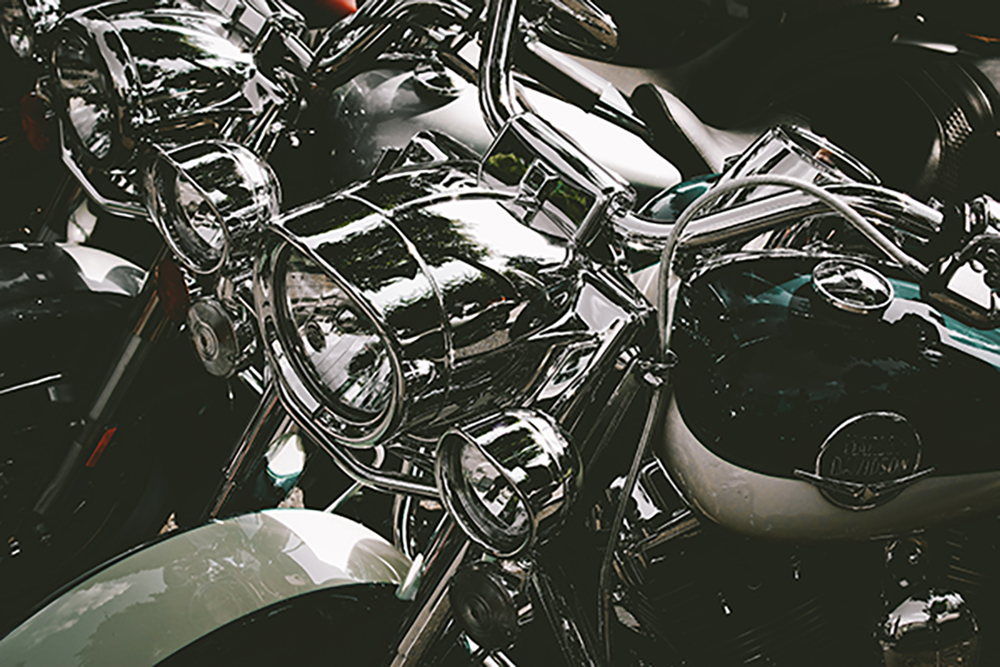
For an automotive client we solved a problem with an Edge Panel Fastener. The clip was black, to match the part it attached to the exterior of the vehicle and the surface beneath was silver. Our customer found that fitting the clip often resulted on scratches that revealed the silver beneath. This was unacceptable in a brand-new vehicle. We solved the problem for our customer by introducing a dark grey base layer so minor scratches did not show.
Colour is not just about looking good. The Japanese term Poka Yoke – which translates to “mistake-proofing” or “inadvertent error prevention” is familiar to most people in manufacturing. An easy way to help you to make sure operatives don’t use the wrong item is make similar parts a different colour.
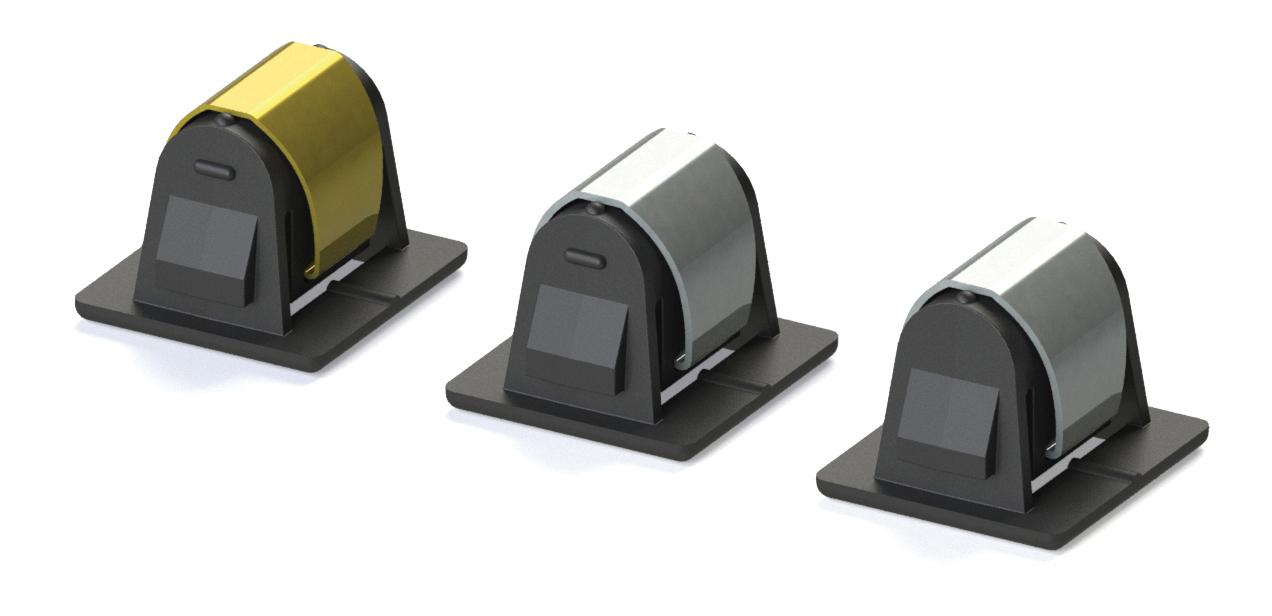
We work with a major manufacturer who makes sofas for a range of well-known brands. We supplied them with Rivet T-Nut machines using the M8 and M6 T-Nuts. These look very similar. The risk was that an operator could fill the hopper on the machine with the wrong T- Nut and insert them into many pieces of timber leading to expensive wastage. So JET PRESS supplies the M6 T- Nut with yellow zinc plating so they look very different from the M8 T-Nut.
When you use hose bands to attach plastic pipes it can be hard to ensure you have the right size. Again, using different colours for different sizes avoids confusion and errors. You’ll see this in action if you look at the windscreen washer pipes under the bonnet of your car.
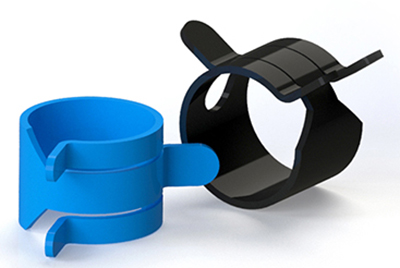
Another benefit of using coloured fasteners is that they can help with robot quality control. The camera in the robot can very quickly and accurately identify errors if the fastener is the wrong colour.
If you would like to know more about finishes or any other ways we can help you please call our sales team on +44 1623 551 800 email [email protected] or contact us online.